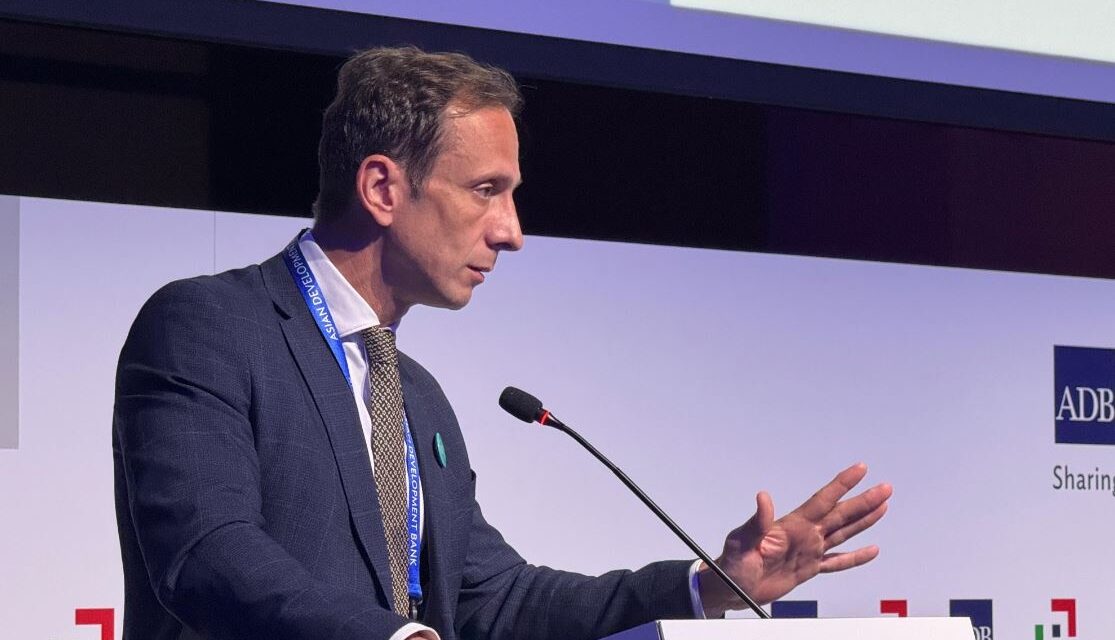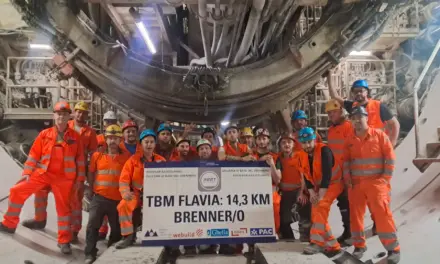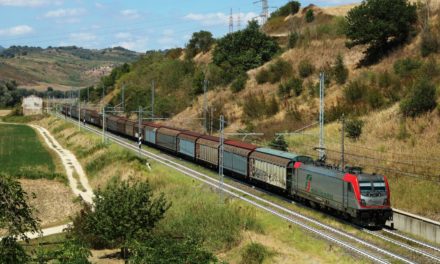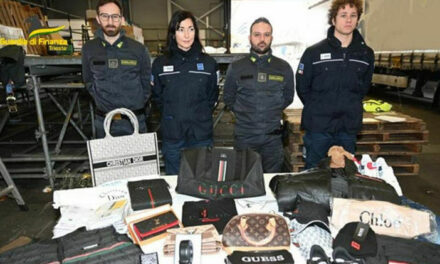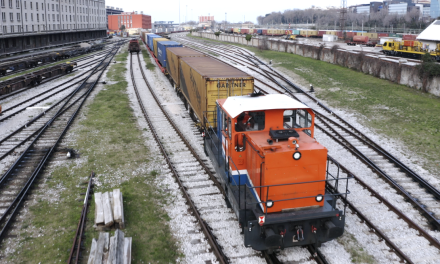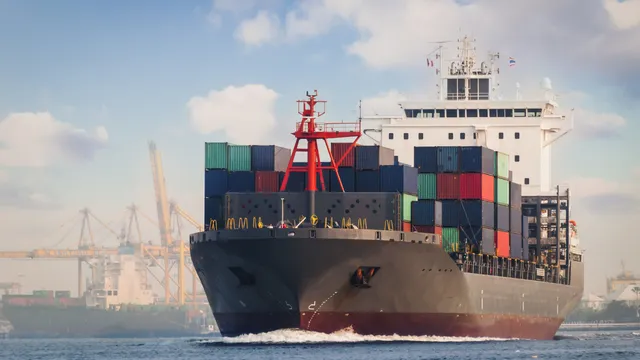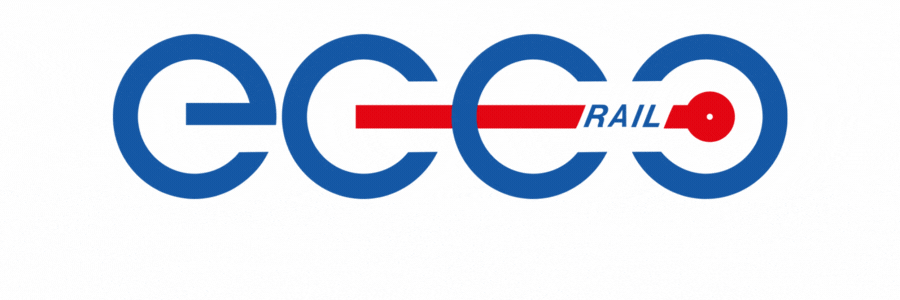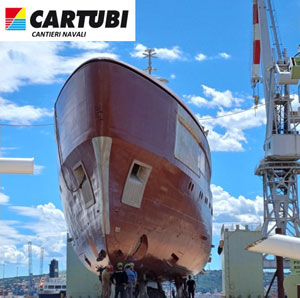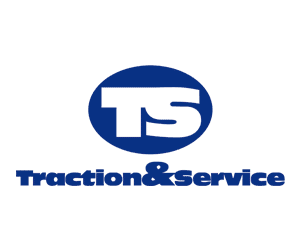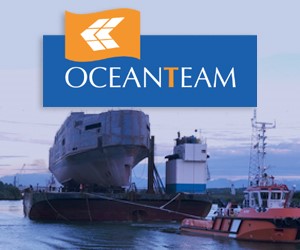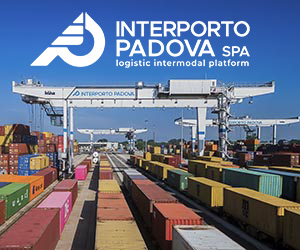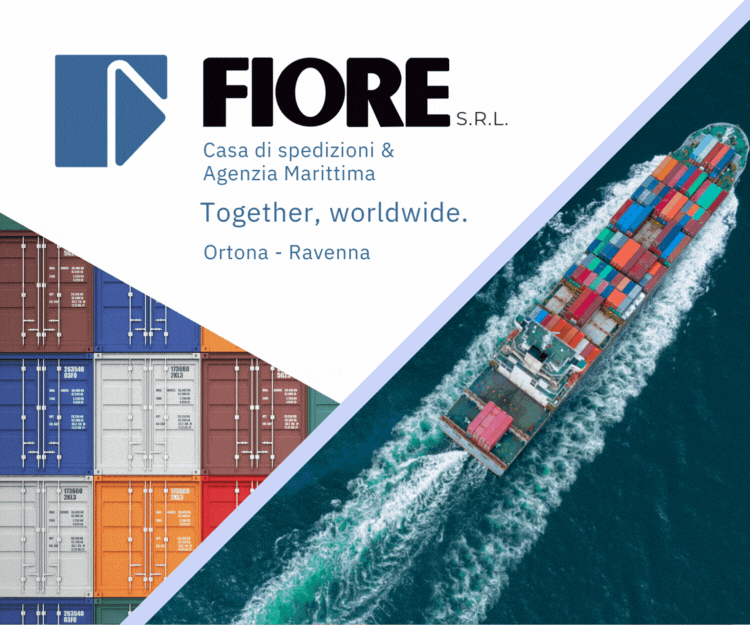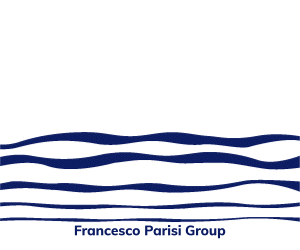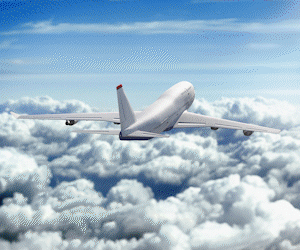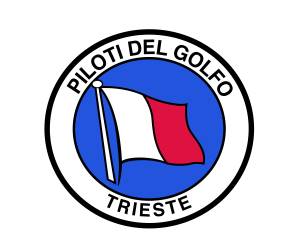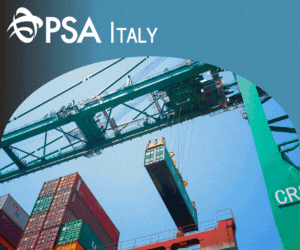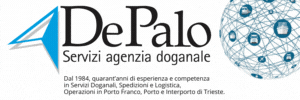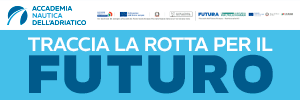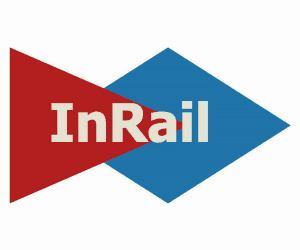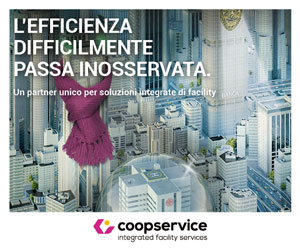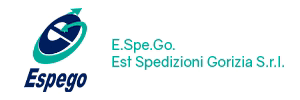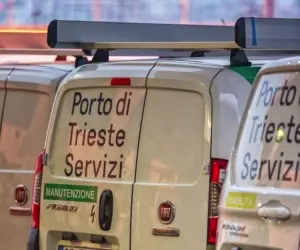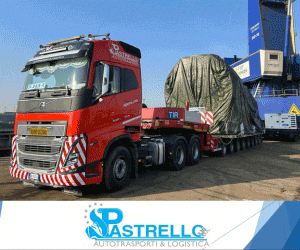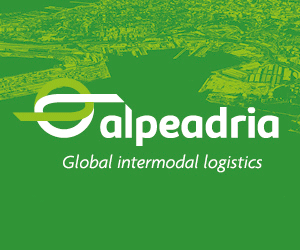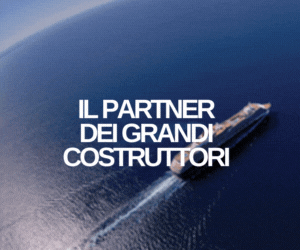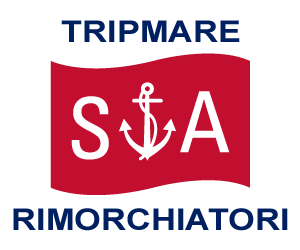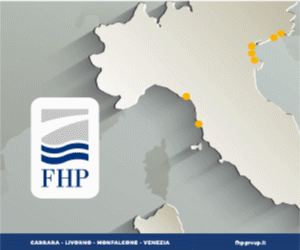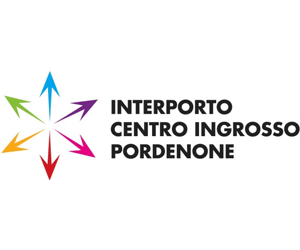**TRIESTE –** Friuli Venezia Giulia has all the logistical potential to play a key role in relations with Asia.
This was stated today in Milan by the Region’s President, Massimiliano Fedriga, during the session “Doing business in Asia: opportunities and Italian success stories”, part of the Asian Development Bank’s annual meeting.
Fedriga emphasized that the entire Friuli Venezia Giulia region represents a logistics platform capable of connecting Central and Southern Europe with the East and Far East.
“In this regard,” the President noted, “we are particularly interested in the India-Middle East-Europe Corridor (IMEC), which in a broader vision could also involve countries such as Japan and Korea, crossing India and the Middle East to reach Trieste. This is an extraordinary opportunity not only to strengthen trade, but also to foster the emergence of new business ventures along the corridor.”
“Focusing on the development of IMEC,” Fedriga continued, “also means strengthening our resilience—now essential for logistics chains that continue to face strain due to international tensions. Alternative freight transport routes are fundamental to ensure that our companies can continue investing in those areas of the world.”
The event—organized by Italy’s Ministry of Economy and Finance, Cassa Depositi e Prestiti (CDP), and the Italian Trade Agency (ICE)—aimed to present the Italian institutional ecosystem that supports companies in accessing Asian and Pacific markets and participating in major development projects promoted by the Asian Development Bank.
During the event, it was highlighted that Friuli Venezia Giulia offers a comprehensive logistics platform, including the ports of Trieste and Monfalcone (under the Port Network Authority of the Eastern Adriatic Sea) and Porto Nogaro, which is managed by the Friuli Economic Development Consortium (COSEF). COSEF also manages key inland rail terminals, such as those in Gemona and Osoppo.
“The regional infrastructure system, which also includes several inland ports and intermodal hubs, forms a complex network in which,” Fedriga explained, “rail plays a leading role in transport and development, thanks to the presence of an integrated industrial base and ports directly connected to the railway system. Trieste is also the top port in Italy for rail traffic and freight volumes, and benefits from an international Free Port regime that allows for the storage of goods under simplified customs procedures. It is a hub currently undergoing over €280 million in investment to strengthen its rail infrastructure.”
Fedriga also mentioned the more than €200 million in funding allocated by the Interministerial Committee for Economic Planning and Sustainable Development (CIPESS) for construction at Pier VIII of the Port of Trieste, and recalled the industrial site redevelopment at Bagnoli della Rosandra by MSC Group.



